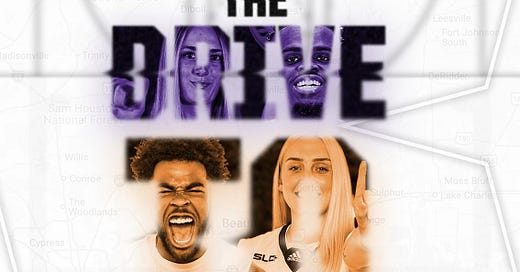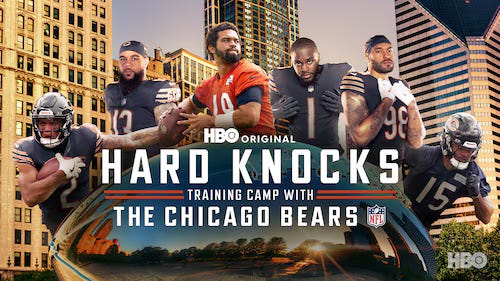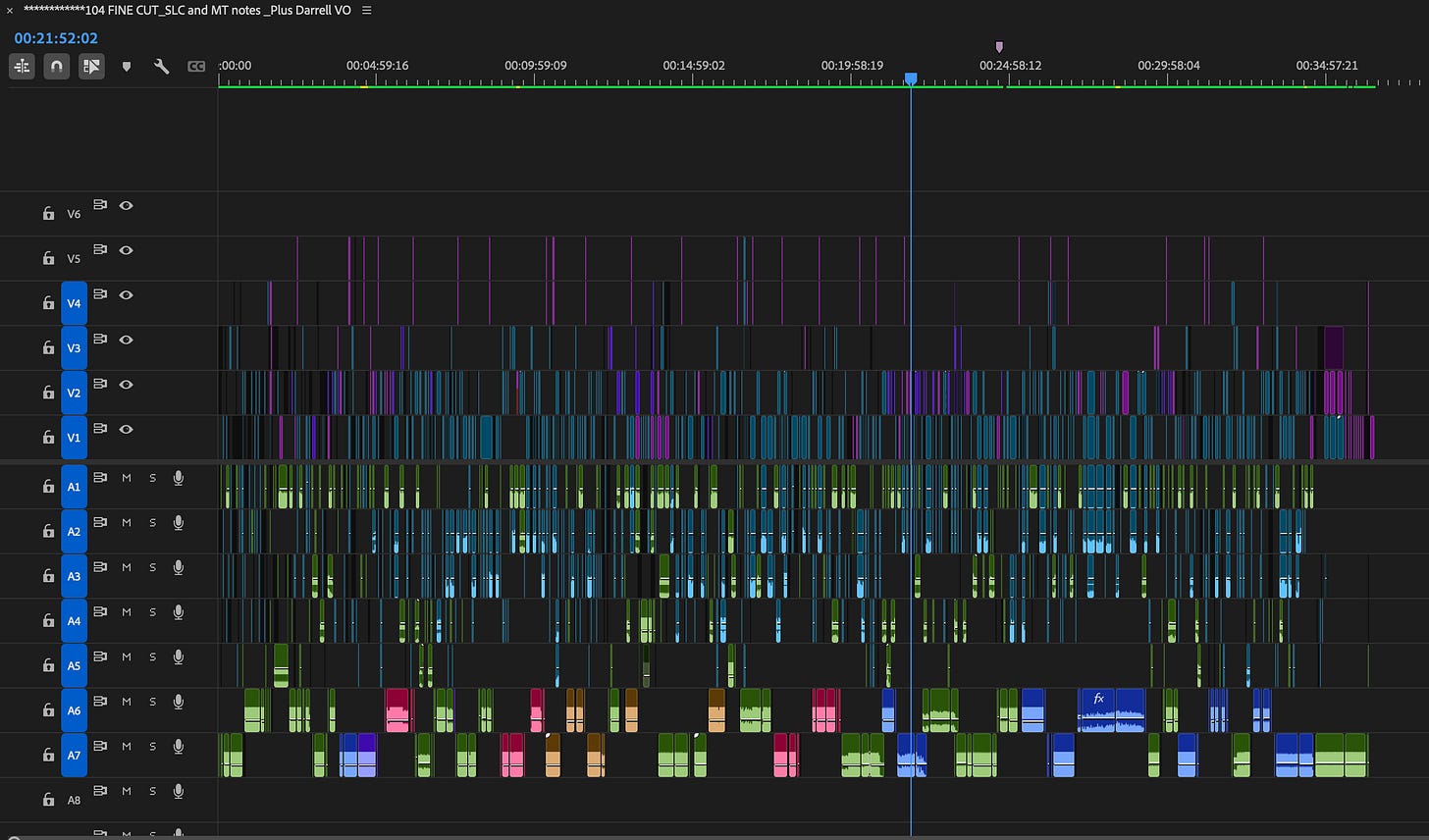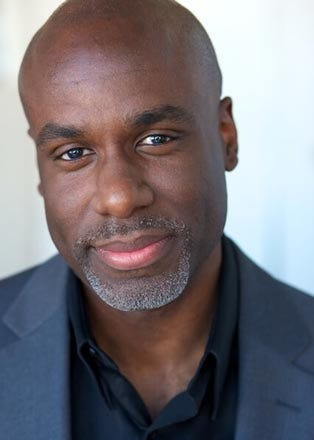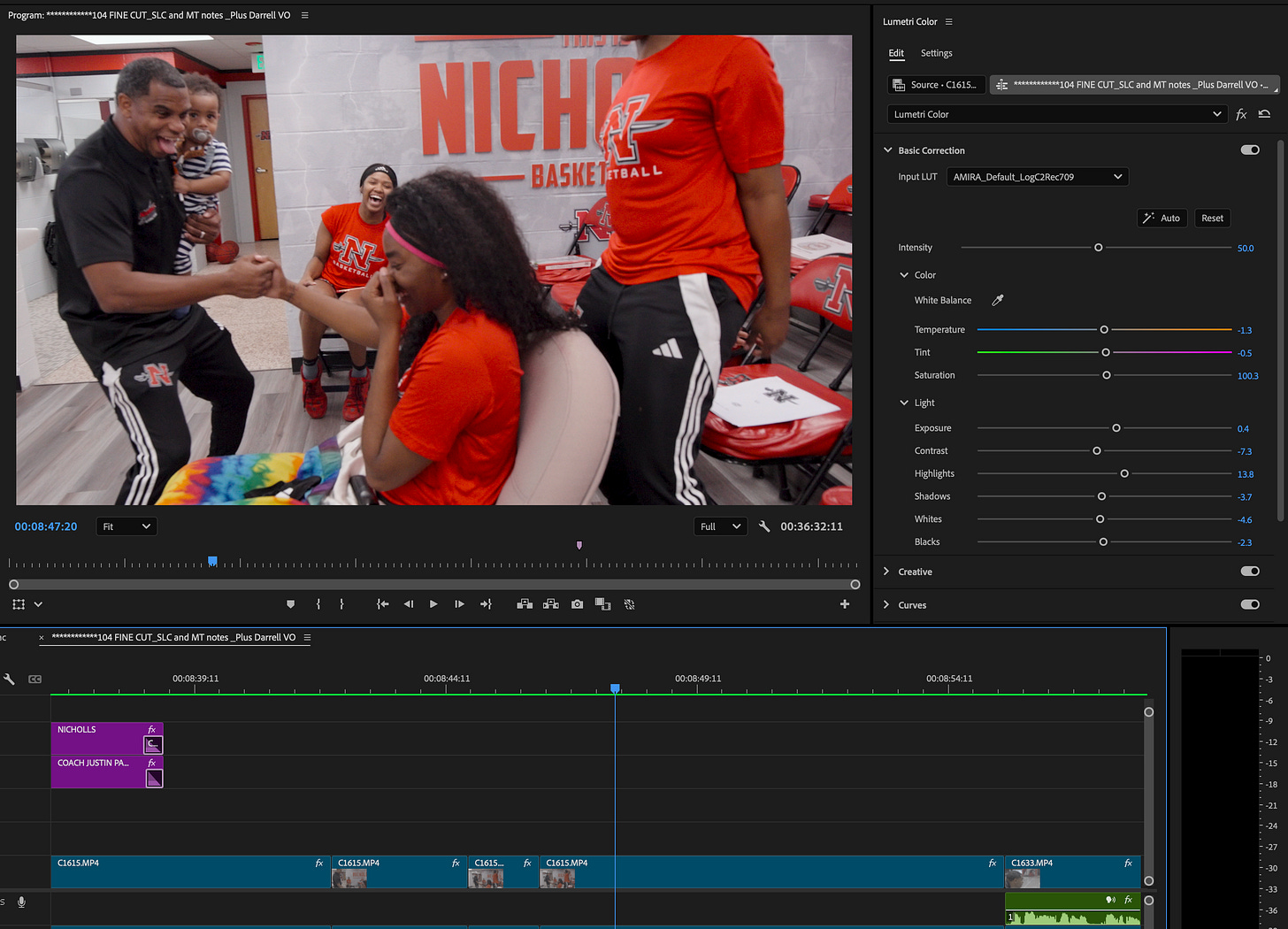In a former lifetime—it feels like at least—I was a Senior Producer and Editor at NFL Films. While there, I worked on multiple seasons of the long-running HBO series Hard Knocks. If you’re unfamiliar, the show is an all-access, deep dive behind the scenes into the world of an NFL team, blending cinematic visuals, with verité documentary coverage, player interviews, and dramatic storytelling. It’s a high-stakes pressure cooker where dozens of seasoned professionals—producers, editors, cinematographers—collaborate to churn out quick turnaround episodes in a matter of days. It’s become one of the two main templates for sports documentaries (the other being ESPN’s 30 for 30).
Since leaving NFL Films, I’ve worked on countless series using the same techniques: capturing hours and hours of footage, boiling it down to a lean narrative, and polishing it into something compelling. From multiple NASCAR series to Coach Snoop on Netflix, I feel like I may have 10,000+ hours of work logged in just this style of production.
Enter Spencer Wilking
Back in September, I got a called from producer and director Spencer Wilking, who I’ve worked with on multiple projects over the years. Spencer is the type of guy who lives at the intersection of investigative journalism and documentary filmmaking. His resume includes everything from 30 for 30 documentaries to award-winning retrospectives like Let It Fall: L.A. 1982-1992. Whether it’s politics, history, or sports, Spencer has a knack for turning real-life events into thought-provoking narratives. He’s now based in New Orleans.
Spencer had a new show in the works—Southland Hoops: The Drive to Win—a four-part, 30-minute-per-episode series for ESPN+. The premise? Travel to every school in the Southland conference and preview the college basketball season for both the men’s and women’s teams.
That’s 12 schools, times 2, or 24 teams in all. In addition to highlighting key coaches and players, we’d tell human stories that go beyond the game. Mental health struggles. The unique pressures on college athletes. The relationships between players and coaches. And so on.
The catch: It would be just Spencer, his DP (the talented William Sabourin O’Reilly), and me. Three people making an entire docuseries. They would shoot everything. I’d edit/produce from my home base in Ventura, CA, working with Spencer on crafting the narratives.
For context: back at NFL Films, Hard Knocks has a team of 20-30 people working in post-production alone. Here, we’d have three.
And I couldn’t wait.
I love basketball. I also love the idea of diving into the sport’s culture—learning about the culture of different schools, meeting players and coaches, and unpacking what makes them tick. Finally, it felt like an amazing challenge. It was just us. No safety net, no giant team. We’d have to rely on pure experience, trust, and creative instincts.
It also gave me a chance to take a break from a lot of AI-centric work I’d been doing, and rediscover where humans are likely to continue to be indispensable.
With the series now wrapped and everyone at the Southland super happy (woohoo!), I thought it might be useful to share some of these key take-aways:
Why AI Can’t Replace a Human Touch in Some Genres
As I mentioned in a previous post, I believe sports documentaries will be one of the last areas of content that AI generated material threatens. It’s “safe,” so to speak. Generative AI can indeed aid in aspects of sports docs, like animated recreations for documentary storytelling when there is a lack of quality archival material (something I’m doing in another project). But, certainly for core, present day verité storytelling there are aspects of production that simply can’t be replaced by a robot.
1. Fieldwork and Story Collection
Spencer’s interviews with players and coaches were built on trust. Coaches talked about their backgrounds and goals, players opened up about their dreams, and some even revealed aspects of their mental health struggles. In doing so, they weren’t just talking to a producer—they were talking to someone who genuinely understood their world. AI can’t build that rapport and get that real content.
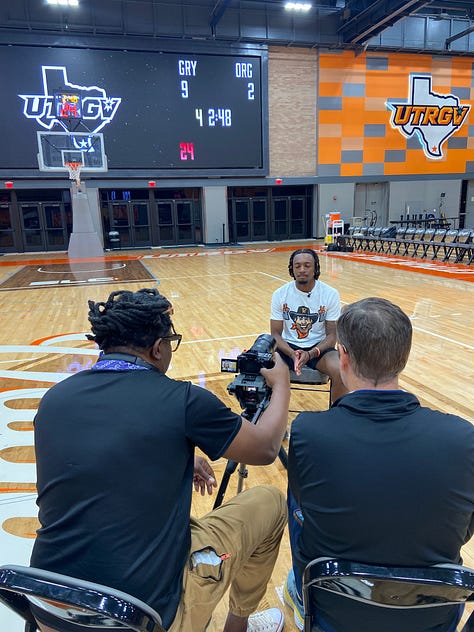
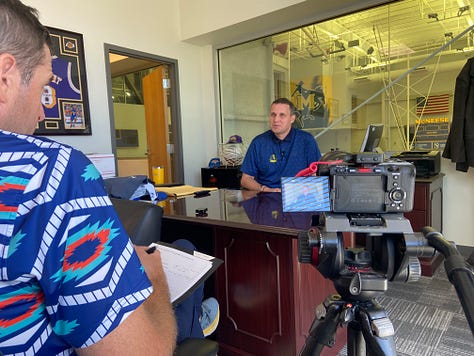
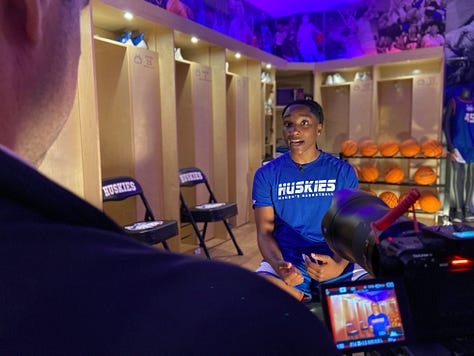
2. Sifting Through Footage and Interviews
Imagine watching hours of practice and game footage, picking out not just the best moments but the ones that tell the story. That’s a huge part of sports documentary work. And AI currently has zero ability to even help with this. It takes a producer or editor with patience to watch though the raw footage and select the key moments.

Then in terms of interviews, it’s the same deal. It took Spencer and I a ton of work shifting through the raw interviews and shaping them to craft the stories. As I’ve written about previously, some AI apps claim to be magic editing tools, especially for interview driven content, but they are functioning on the level of an intern on their first day on the job. Not a help in the real world.
3. Story Beats and Emotional Nuance
Deciding which story beats to include—and which to drop—is an art. It’s about knowing what will resonate with an audience and what will bog them down. It’s a lot of trial and error as any creative professional knows. And AI doesn’t have the instinct to pull a story together like that.
4. Music and Voiceover
We experimented with AI for voiceover, using Eleven Labs to create a version of my voice in a Hard Knocks-style narration – basically a voice that sounded sort of like Liev Schreiber, who has always done that show. It wasn’t bad, but the Southland conference was firm that they wanted a human. And so enter Darrell Brown, a professional voice actor, and honestly, it was night and day.
His experience, intonation, and raw talent elevated the series in ways I hadn’t anticipated. I’ve worked with amazing narrators for over 20 years, since those first sessions with the legendary Harry Kalas back at NFL Films, but recently I admit I’ve drank perhaps a bit too much of the AI-narrator Kool-Aid. And…For the first time since I experienced AI narration, I’m wondering if maybe human voice artists may still continue to be a thing after all.
5. Where AI Helps
While highlighting where human experience is still key, it’s also important to note where AI is indeed tremendously helpful.
• Color Correction: I’m primarily an editor and storyteller, not a professional color specialist. However, the AI tools within Adobe Premiere can assist with auto-detection and color balancing in a way that I can now hold my own if the production budget is limited.
• Sound Design & Mix: Same deal here. I know audio specialists who are way more gifted than me in this area of the production process, but with the budget on a show like this being so tight, new AI tools have allowed me to add this as a service I can provide. Truth be told, I’ve also really doubled down on my interest in sound design as well, and spent a lot of time recently improving this part of my game. But Adobe’s Essential Sound tools have been a huge help along the way.
The Takeaway
Producing Southland Hoops reminded me why experience still matters in an industry increasingly enamored with new tech. AI is a fantastic tool—it saved us time and money in some areas for sure. But the heart of the project—the emotional core, the storytelling, the human connection—was something only people with years of experience could provide.
With just three of us, we created something special which the client was extremely pleased with. It’s a testament to what happens when you combine passion, experience, and a love for the craft.
If you’re a fan of sports documentaries, I hope you’ll check out Southland Hoops: The Drive to Win on ESPN+. It’s not just a series about basketball—it’s a reminder of why we play, why we compete, and why real human storytelling still matters.
Here’s a link to the 30 second promo:


